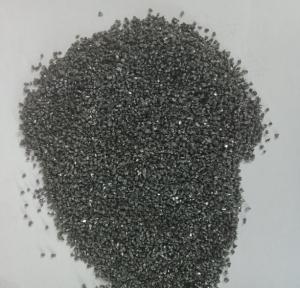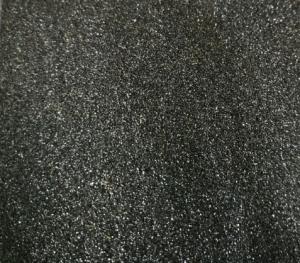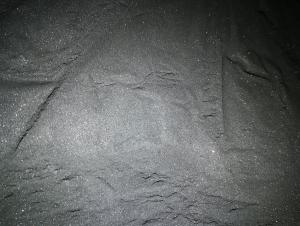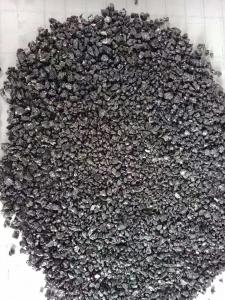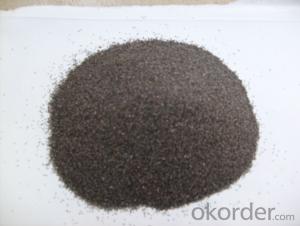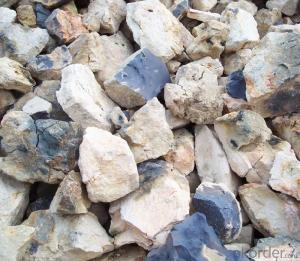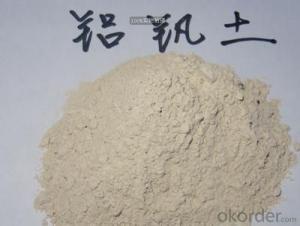Black Silicon Carbide SIC for Metallurgy Field
- Loading Port:
- China main port
- Payment Terms:
- TT or LC
- Min Order Qty:
- 25 m.t.
- Supply Capability:
- 500 m.t./month

- OKorder Service Pledge
- Quality Product
- Order Online Tracking
- Timely Delivery

- OKorder Financial Service
- Credit Rating
- Credit Services
- Credit Purchasing
Product Description
Quick Details
Place of Origin: Ninxia, China
Application: Refractory, Steel making
Shape: Granule, Powder
Material: SiC, F.C
Chemical Composition: SiC, F.C
Product name: Silicon Carbide / Black Sic
Payments terms: 1. 100% L/C at sight 2. 30% T/T prepayment, balance against BL copy
Delivery Time: Within 30 days after receiving L/C or 30% T/T prepayment
Usage: Metallurgy, Foundry, Abrasive, Refractory, Deoxidizer
Advantage: Timely Shipment, High quality, Good performance
Packing: 25kg/bag, 1mt/bag or as customers' requirements
Size: 0-1/1-3/3-5mm,1-10mm, 100mesh etc
Sample supply: free sample
Color: Black
MOQ: 25Mt
Supply Ability
Supply Ability:500 Metric Ton/Metric Tons per Month
Silicon Carbide
Type | Chemical Composition | |
SiC | F.C | |
≥ | ≤ | |
SiC97 | 97 | 0.3 |
SiC95 | 95 | 0.8 |
SiC90 | 90 | 2.5 |
SiC88 | 88 | 3 |
Size: 0-1/1-3/3-5mm,1-10mm, 100mesh or as customers' requirements. | ||
Packaging & Delivery
Packaging Details1MT/bag or as customers' requirements.
PortTianjin port

Loading:
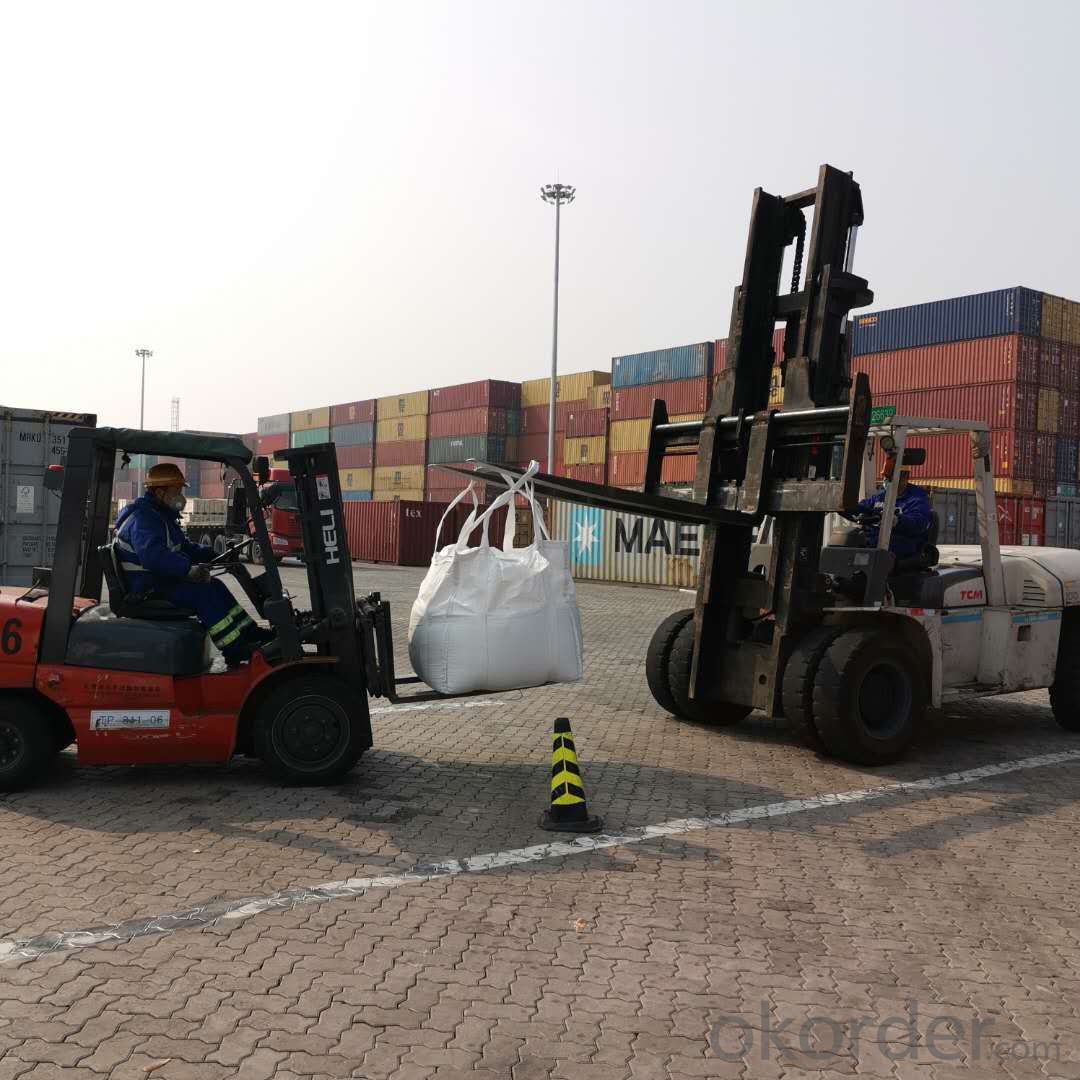
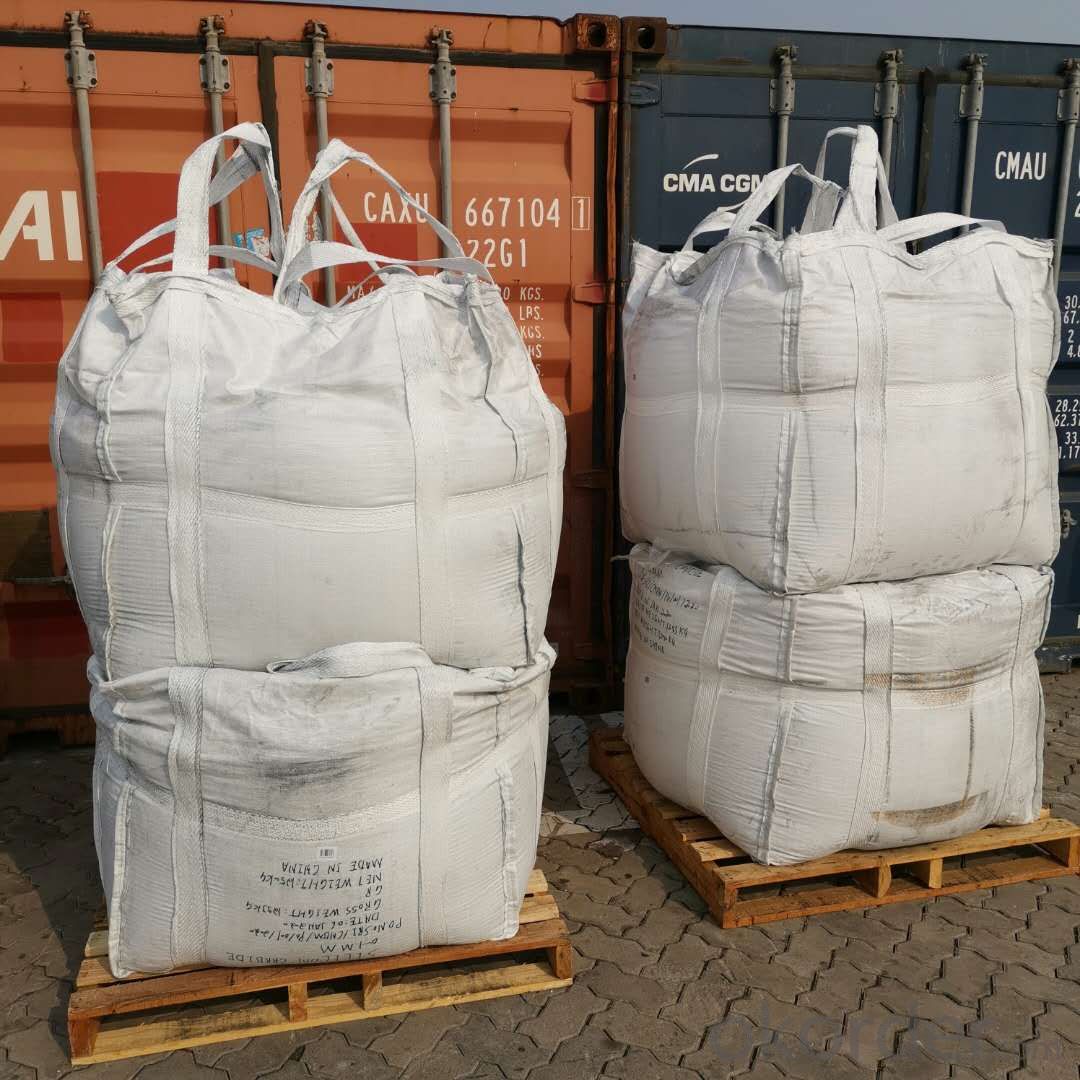
Description:
Silicon Carbide is produced by melting a mixture of silica sand and cokes in ultra high power electric furnaces. Silicon Carbide is chemically stable and has high corrosion resistance, which makes it hard to corrode from exposure to alkali or acid. Silicon carbide is also characterized by its high hardness, outstanding heat resistance, low thermal expansion, resistance to chemical reaction, and ability to function as a semiconductor.
Application:
SiC is suitable for cupola and electric furnace, widely used in iron foundries and in steel mills as deoxidizing agent, especially in ladle furnaces and electric arc furnaces during slag treatment. Silicon carbide can improve the temperature of molten steel rapidly, shorten the melting time, play the role of deoxidizing, increasing carbon and silicon, heating to improve the quality of steel.
Feature:
Black SiC, dissolved in a basic oxygen furnace used for making steel, acts as a fuel.
1.Additional energy liberated allows the furnace to process more scrap with the same charge of hot metal.
2.Silicon Carbide can also be used to raise temperatures and adjust the carbon and silicon content.
3.Silicon carbide / SiC can reduce the cost of production, produce cleaner steel and lower emissions.
Chemical Composition
- Q:What are fireproofing materials?
- 1. Fire-resistant coatings like finishing fire retardant paint, fire retardant coating member and fire-resistant coating for steel structure; 2. Fireproofing materials of flame-retardant plastics and plastic products, textiles, flame retardant fabrics, building materials and products, flooring materials, and wall insulation system; 3. Fireproof element of fireproof panels, fire doors, fire resistant window frames, fire resistant shutter, fire-resistant glass, elevator landing doors, ventilation ducts, fire-proof?sealing?materials, and fire protection smoke exhaust fans.
- Q:how long is the fire endurance of plasterboard?
- fireproof endurance can reach a maximum of 4hours, suitable for a variety of public buildings firewall, and partitions for public exit passageway, reaching standard level of fireproof. the lightweight partition made of gypsum board and steel stud is mainly for dividing architecture space. Rock wool can be filled in the mddle according to its design requirements, using different series of gypsum board, steel stud. the walls may have fire resistance and sound insulation property of various degrees.
- Q:Procedures for producing common refractory materials?
- The general procedures of producing refractory materials include calcination of raw materials, selection of raw material , crushing, grinding, screening, mixing, ageing mixture, molding, drying, burning and etc. At present, the refractory factory usually purchases the calcined clinker, so the calcination of raw material is no longer a consideration of common refractory plants.
- Q:I would like to ask a friend that how much is the fire endurance of level A fireproofing glass?
- the fire endurance of fire window is: class A window is not less than 1.2 hours, class B window is not less than 0.9 hours, Class C window is not less than 0.6 hour. technical requirements: 1, materials and accessories (1) the window frame is made by a certain strength of steel frame or wooden frame which is sufficient to safeguard the integrity and stability. (2) steel frame and mound layer can select galvanized?steel?sheet or stainless steel plate. Its selection standards should be in line with the provisions of Article 5.1. in GB12955 "Steel Fireproof Door General Technical Condition" (3) the selection standards of wood frame and mound layer should be consistent with the provisions of Article 5.1.1. in GB14101 "General Technical Conditions of Wooden Fireproof Door" (4 ) the inner filling material of steel and wood frame should be non-combustible material. (5) fireproofing glass can choose the qualified products in fire resistance test and not affecting the fire windows. light transmittance of glass is not less than 75% of identical layers of ordinary plate glass. ( 6) a sealing material between the frame and the fireproofing glass should use the nonflammable material, it can play the role of fireproofing and smoke insulation in the fire disaster. I hope I can help you
- Q:What do RH and DH stand for in refractories?
- DH :For human intelligence (diameter, board of directors). )
- Q:Is the linear change on reheating the same as heating permanent linear change of refractory material?
- “+”represents expansion. the afterexpansion and aftercontraction after cooled to be at room temperature. The change may significantly damage the masonry of thermal kiln. There are regulations on the linear change on reheating of common refractory material in the national standard. Some physical chemical changes may continue. It is defined as the change from being heated to the specified temperature of refractory material sample. Heat preserving for a while till afte cooling to be at room temperature, then the residual will expand or contract in its length, heat preservation for a while, organization vitrification, the irreversible changes of its length refers to heating the firing refractory to be at high temperature, so as to make the volume of refractory materials expand or contract, due to the influence of uneven temperature or lack of time, otherwise it will cause the deformation of the refractory ball and make this indicator within standard even reach smaller value, so firing control must be strengthened in product production. But it is should not be too high. For refractory materials with same chemical composition, the linear change on reheating is produced in the heating process. Properly increasing sintering temperature and prolonging the holding time is an effective process measures, make its firing inadequate. When subjected to high temperature, it can reduce the thermal shock resistance. Minus sign "-" represents contraction. The permanent line rate refers to heating the fire refractory ball to the specified temperature. Linear change on reheating, also known as residual linear change, is an important indicator to assess the quality of refractory in the long time use. To control the permanent line rate within the standard or reach the minimum value.
- Q:Which plant need to make refractory mould?
- Q:How to distinguish between class A fire resistant door and class B fire resistant door from appearance ? What are the differences between the two refractories? Thank you !
- First, the materials are the same. But the thickness of grade A and grade B fire doors is different juding from their appearances. Grade A :50. Grade B:45. Added question: Do you refer to steel fire door?
- Q:can slag tailings be used to be the base materials of refractory materials ?
- the rest of it can be used as refractory additives. the scale currently used clay bricks to make high-temperature liquid. It is easy to produce large amounts of liquid because of the high iron content, instead of its refractoriness. But it can be used as refractory minaralizer.
- Q:What's the frequently used refractory material?
- Refractory material is generally used in industrial departments like metallurgy, glass, cement, ceramics, machinery, hot working, petrochemical industry, power and national defense. Frequently used common refractory: silica?brick, semi-silica brick, clay brick, high alumina brick, magnesia brick, etc. Frequently used special refractory: AZS brick, corundum brick, direct-bonded?magnesia-chrome?bricks, carborundum brick, calcium oxide, chromium hemitrioxide, alumina, magnesium oxide, etc. Frequently used fireclay insulating refractory: diatomite product, asbestos product, insulation?board, etc. Frequently used unshaped refractory: ramming refractory, refractory castable, plastic refractory, refractory mortar, gun-mix refractory, refractory coating, lightweight refractory?castables, etc.
1. Manufacturer Overview |
|
|---|---|
| Location | |
| Year Established | |
| Annual Output Value | |
| Main Markets | |
| Company Certifications | |
2. Manufacturer Certificates |
|
|---|---|
| a) Certification Name | |
| Range | |
| Reference | |
| Validity Period | |
3. Manufacturer Capability |
|
|---|---|
| a)Trade Capacity | |
| Nearest Port | |
| Export Percentage | |
| No.of Employees in Trade Department | |
| Language Spoken: | |
| b)Factory Information | |
| Factory Size: | |
| No. of Production Lines | |
| Contract Manufacturing | |
| Product Price Range | |
Send your message to us
Similar products
New products
Hot products
Related keywords
You Might Also Like
